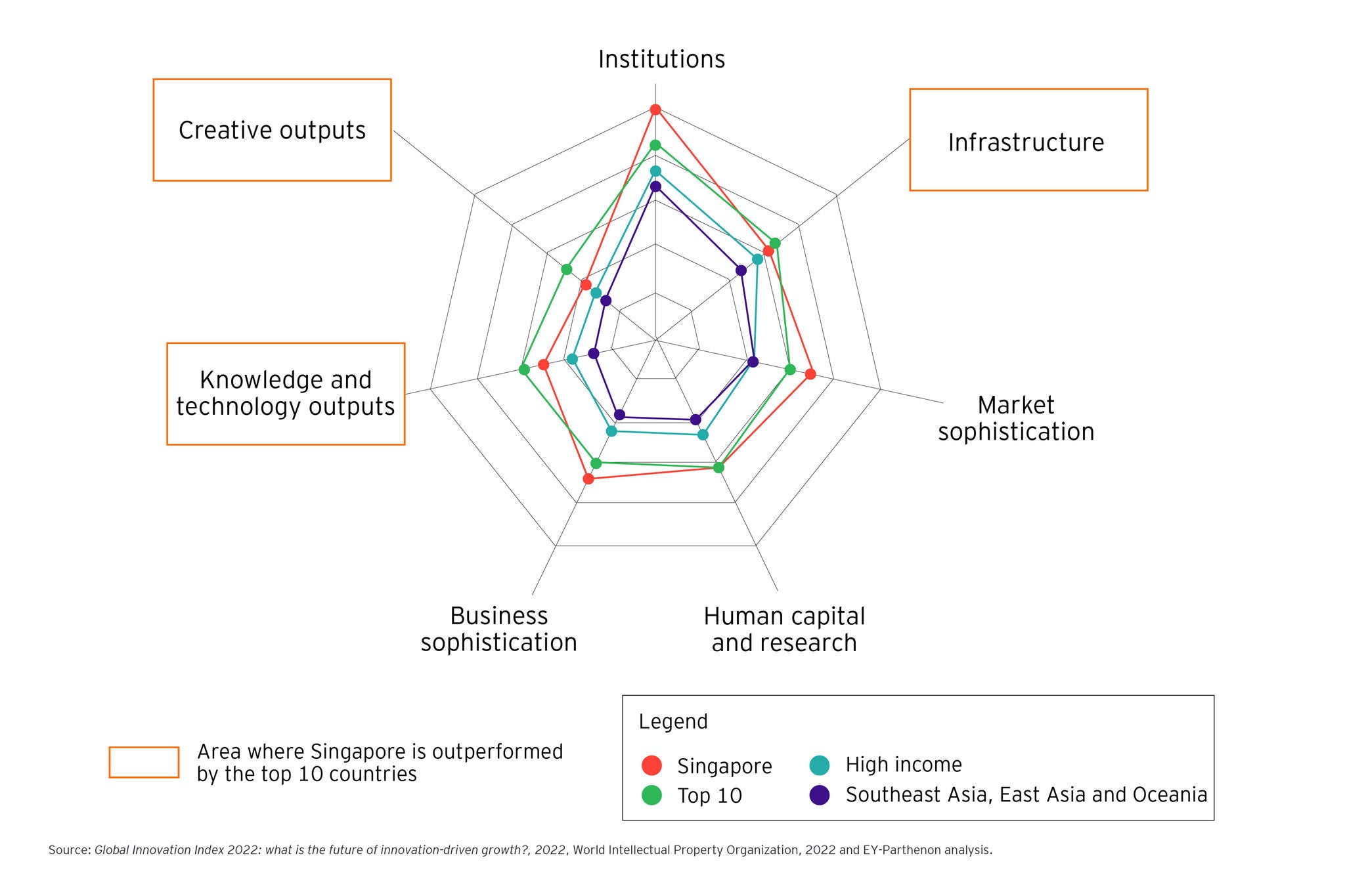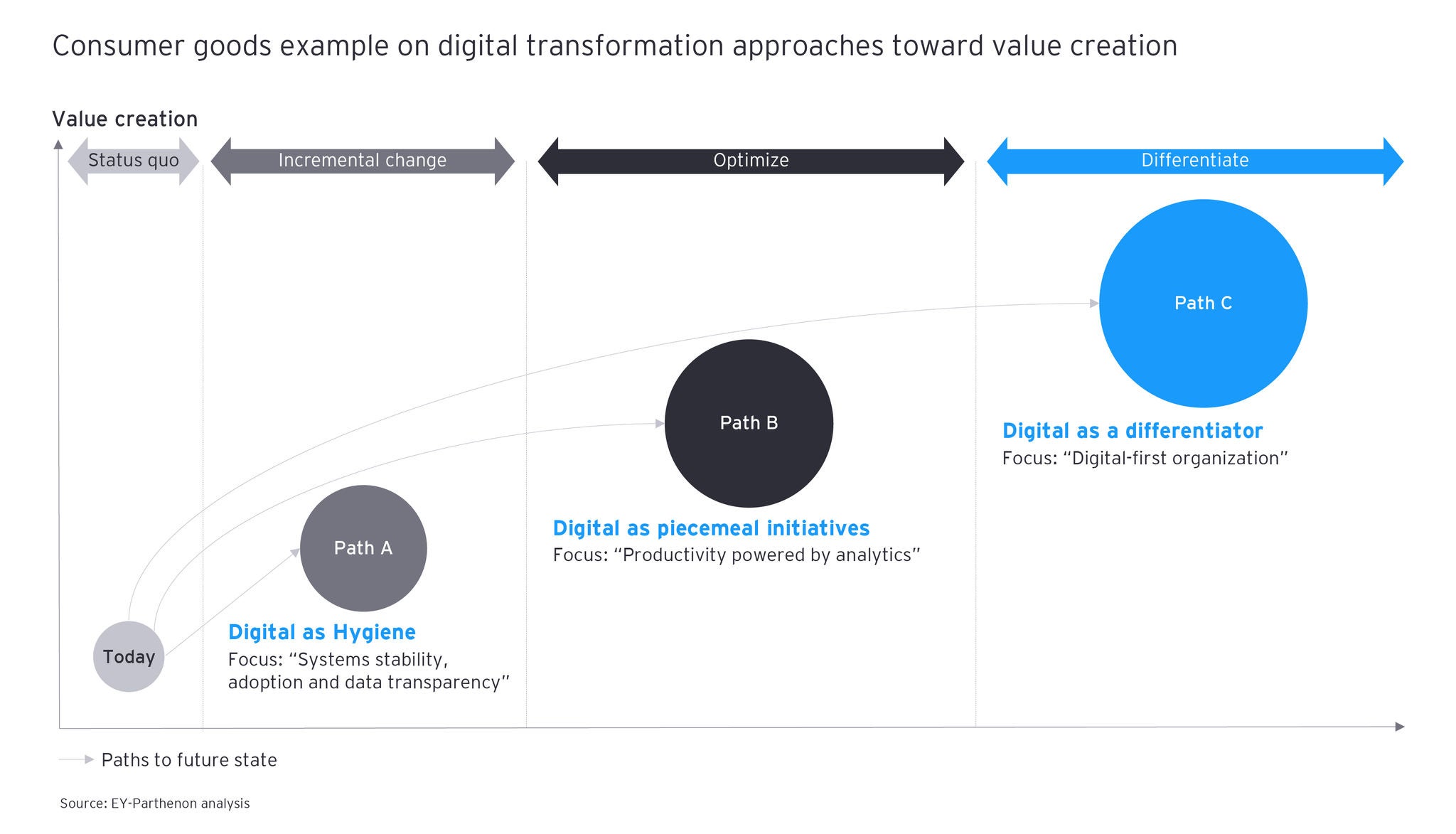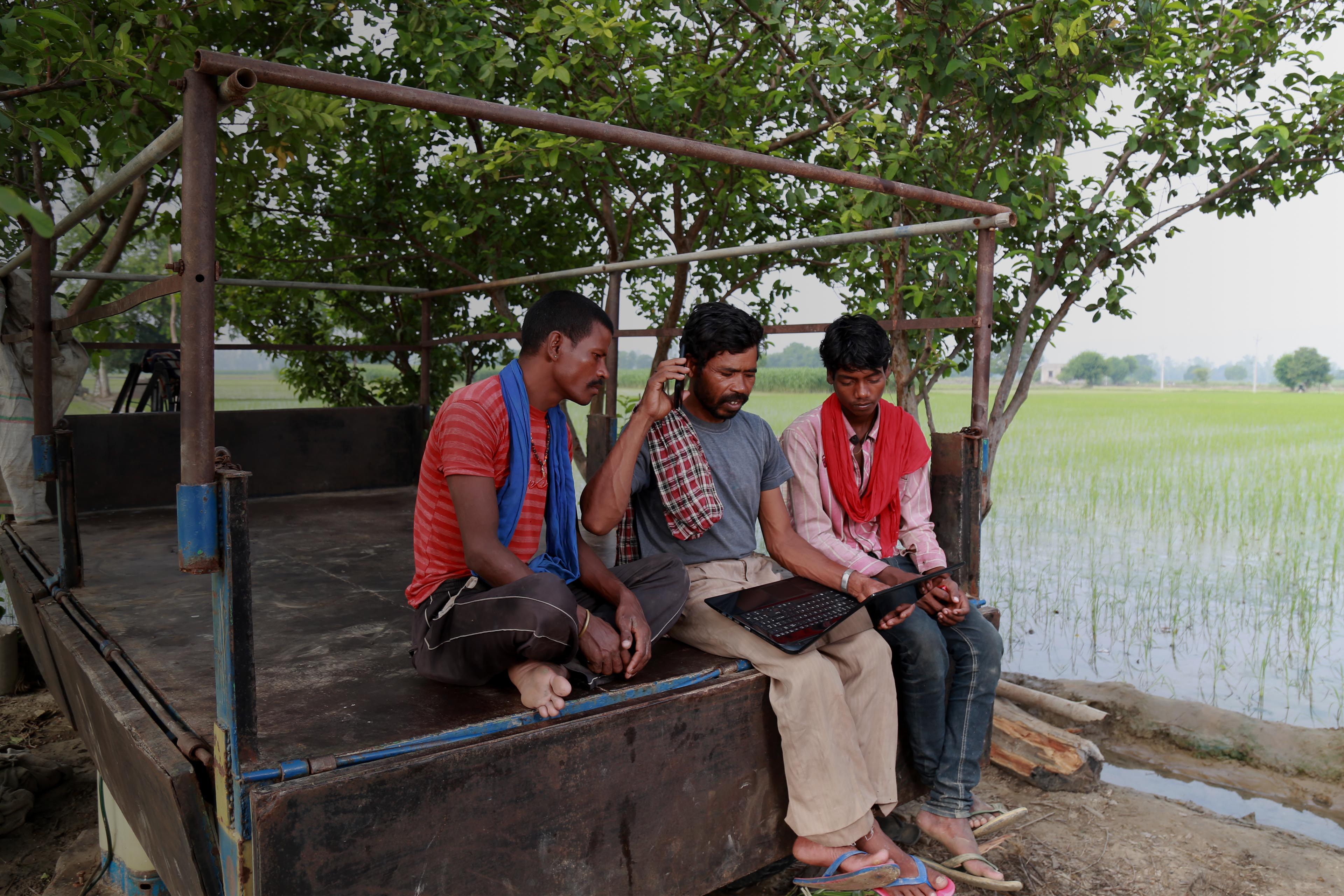The prospect of professional services being offered in the metaverse will potentially be supported by the formation of metaverse standards bodies. One such example is the recent Metaverse Standards Forum joined by tech giants as well as established standards-setting bodies.
The metaverse can enhance Singapore’s publicity and branding for hotels, resorts, tourist attractions and heritage sites, and the wider real estate sector can also benefit from the creation of a presence in the virtual space. One possibility is for buyers to view and stay in the digital twins of physical buildings purchased. Events and activities can also be held in these virtual spaces.
Singapore can aim to create a holistic platform for the metaverse by being an orchestrator to bring together ecosystem players, such as business operators, investors and the public sector. More support can be given to help develop local metaverse startups and metaverse-specific skill sets. Singapore will also need to address risks to online safety, consumer protection and privacy, given the decentralized and anonymous nature of the metaverse.
While the metaverse is still in its nascent stages, many countries have been adventurous in exploring its possibilities. The Japanese Ministry of Economy, Trade and Industry has established a dedicated taskforce, the Web 3.0 Policy Office. Its role is to bring together various government bodies to formulate policies that will strengthen the business environment and facilitate development of Web 3.0 in the country.
In South Korea, the Ministry of Science and ICT has allocated KRW223.7b (about S$228.1m) to foster a metaverse ecosystem.16 Part of the fund will be used to establish a metaverse academy to train young metaverse experts and support the operation of metaverse labs that promote the development and commercialization of metaverse-specific technologies. The Seoul municipal government also invested KRW3.9b (about S$3.9m) to create a metaverse platform, which was launched earlier this year.17 The initiative is expected to span five years and will cover seven key areas of focus: economy, education, tourism, communication, urban management, public services and infrastructure.
The cryptocurrency landscape in Singapore is still in its infancy. While the Monetary Authority of Singapore has given in-principle approvals and licenses for digital payment tokens under the Payment Service Act, strict licensing is imposed on cryptocurrency businesses in Singapore. As a result, some cryptocurrency-based companies have transferred their headquarters to locations with a more amenable regulatory landscape.
To keep pace with global developments, Singapore has been actively pursuing blockchain research and innovation by partnering with the IBM Center for Blockchain Innovation to nurture local talent and foster innovation. Other Asian countries are also investing heavily in this technology. China has approved the establishment of a blockchain research center in Beijing to develop software, hardware and fundamental theory, with a focus on use cases that benefit the national economy.18 Japan’s central bank decided to start a pilot program to test the use of a digital yen and the finance ministry is expected to form a panel of experts to discuss the feasibility of issuing the digital yen.19
The opportunities are immense for Singapore. There is potential to take the lead on developing global regulatory consistency for cryptocurrencies to preserve financial stability and protect investors, given the cross-border nature of cryptocurrency services. At the same time, Singapore can strengthen its focus on creating an innovative and responsible digital asset ecosystem. This includes attracting key players to set up in Singapore while educating potential retail investors on the pitfalls and risks involved in cryptocurrency trading. By moving quickly in this area, Singapore has the potential to gain a first-mover advantage.
Edge computing is another initiative under Web 3.0 that will create new and efficient ways for businesses to operate and process data. There are numerous use cases with significant market opportunities, including overcoming the latency gap between gamers, augmented manufacturing safety and product quality assurance via digital twins. For safety and quality assurance, manufacturers require technologies that offer a near real-time view of machine performance and are capable of collecting, analyzing and utilizing data to monitor operations and manage equipment remotely. This will lower the risk of worker injuries by optimizing machine operations with near real-time performance data and reduce product defects due to machine wear and tear.
The global edge computing market is expected to grow from US$44.7b (about S$59.4b) in 2022 to US$101.3b (about S$134.5b) by 2027 at a compound annual growth rate of 17.8%.20 Therefore, there are significant market opportunities for Singapore.
Tech neutrality
Geopolitical tensions are leading to the decoupling of high-tech ecosystems, presenting an opportunity for Singapore to be a tech intermediary between the global powers. If economies continue to impose protectionist measures, including restrictions on data sharing to maintain self-sufficiency and tech competitiveness, this would impact key industries, such as financial services, retail and transportation, and consequently disrupt trade flows and stifle business innovation.
Singapore maintains deep and long-standing bilateral relations with global powers. This inclusive foreign policy approach will allow it to position itself as a neutral venue for businesses and investments, similar to how it has positioned itself as an ideal jurisdiction to resolve cross-border commercial disputes.
The nation can also seek to bring together tech experts in areas of global interest (such as climate change) to develop new solutions and strengthen its profile as a technological hub. By building on strengths as a politically neutral, stable and technologically advanced nation, Singapore can initiate and host collaborative projects with different partners for a win-win outcome.
Cybersecurity
Cybersecurity risks have proliferated with the advent of new technologies. A Cisco survey of Asia-Pacific countries showed that Singapore had one of the highest percentages of SMEs that considered inadequate cybersecurity solutions as the top reason for cybersecurity incidents.21 It has never been more urgent for government organizations and businesses to build digital resilience.
Singapore possesses strong cybersecurity service capabilities, which have helped drive growth in its cybersecurity market and elevate the maturity of the local cybersecurity ecosystem. For example, under the latest Monetary Authority of Singapore Technology Risk Management Guidelines, financial institutions are required to perform penetration testing at least once a year. In addition, many companies in the country are accredited with CREST, an industry-recognized certification in penetration testing.
However, Singapore lacks competitive local cybersecurity products, with significantly fewer established local cybersecurity solutions players than cybersecurity service players.












